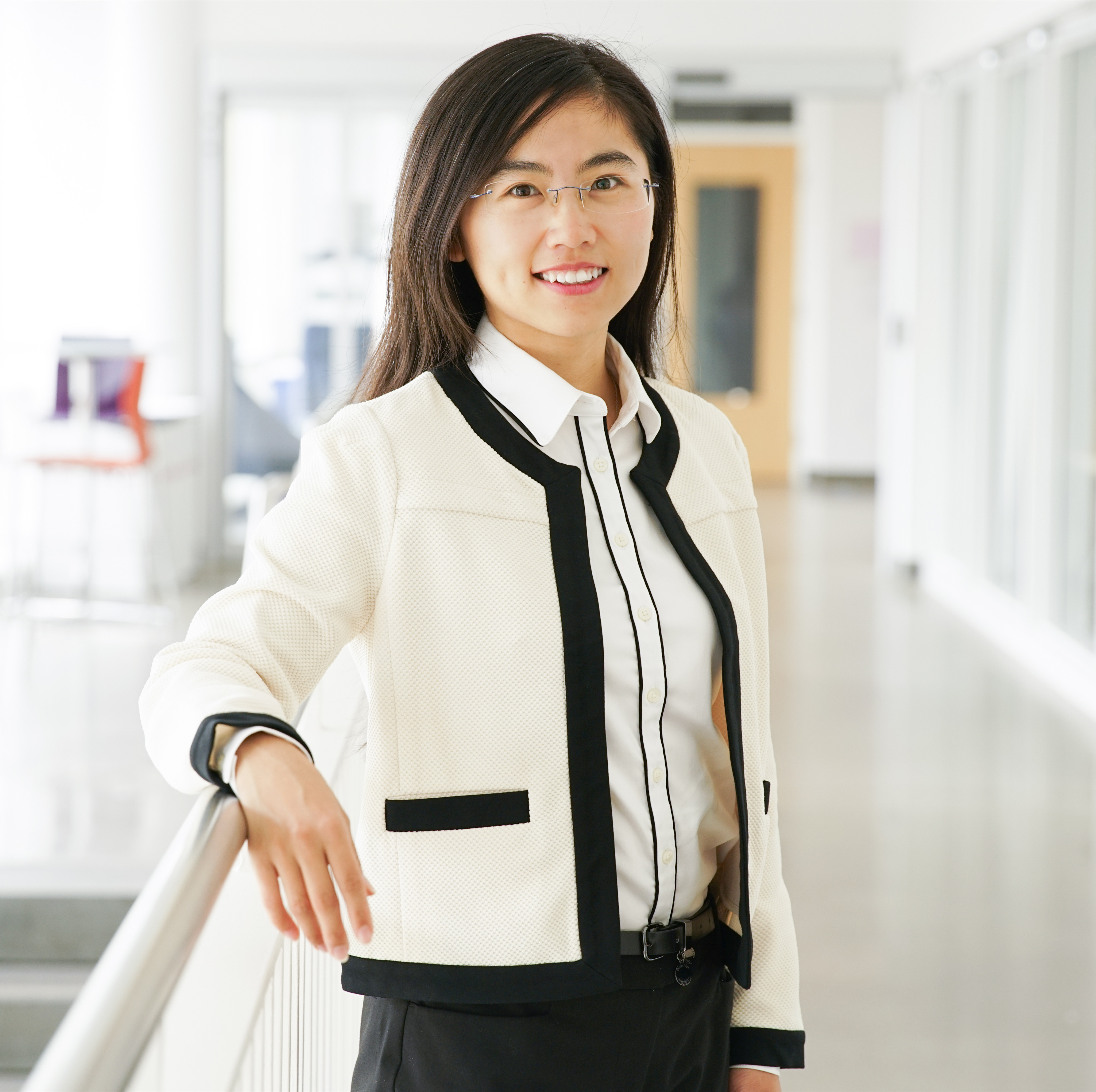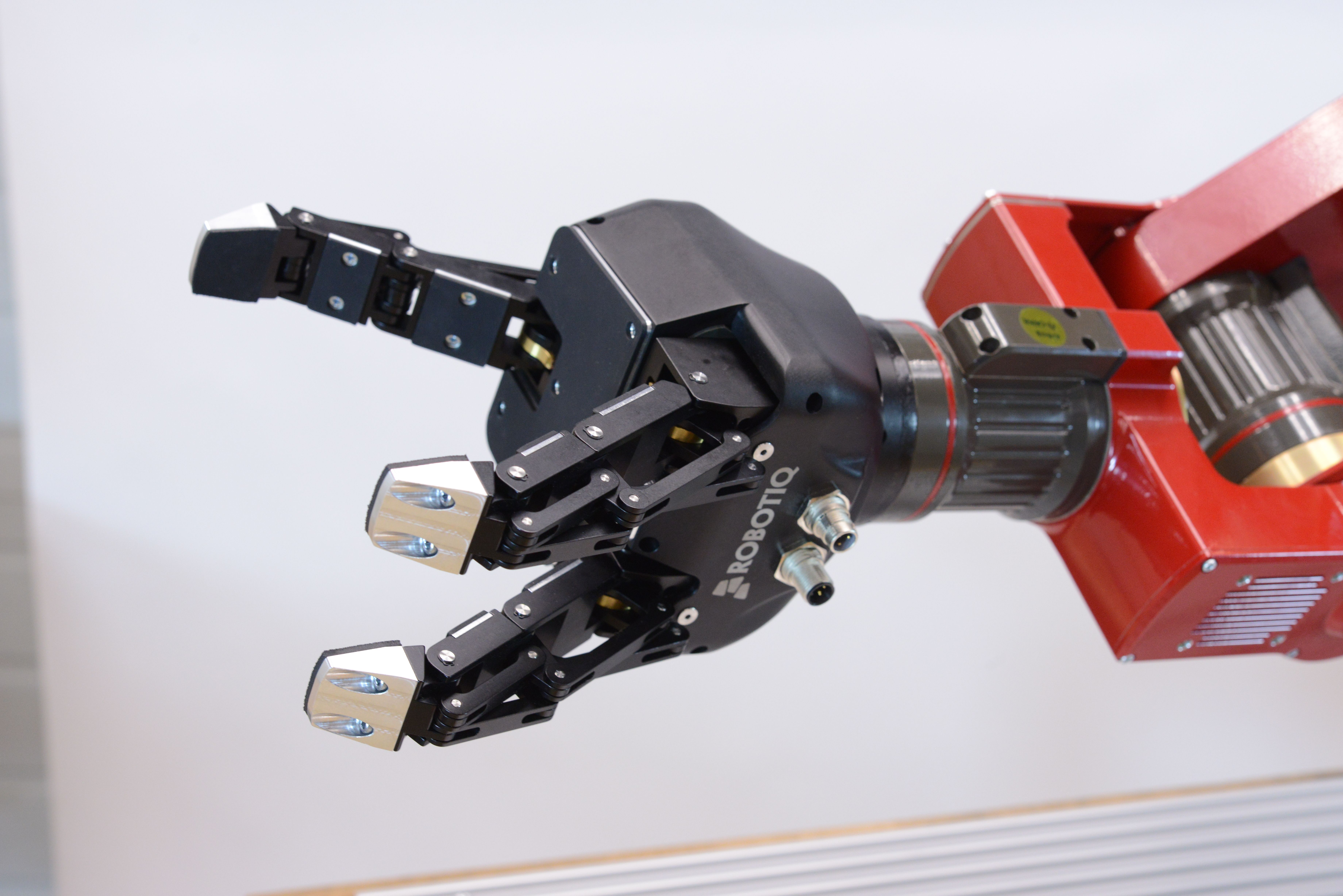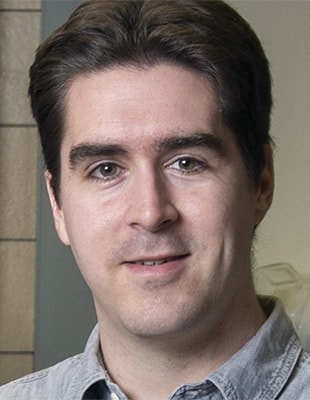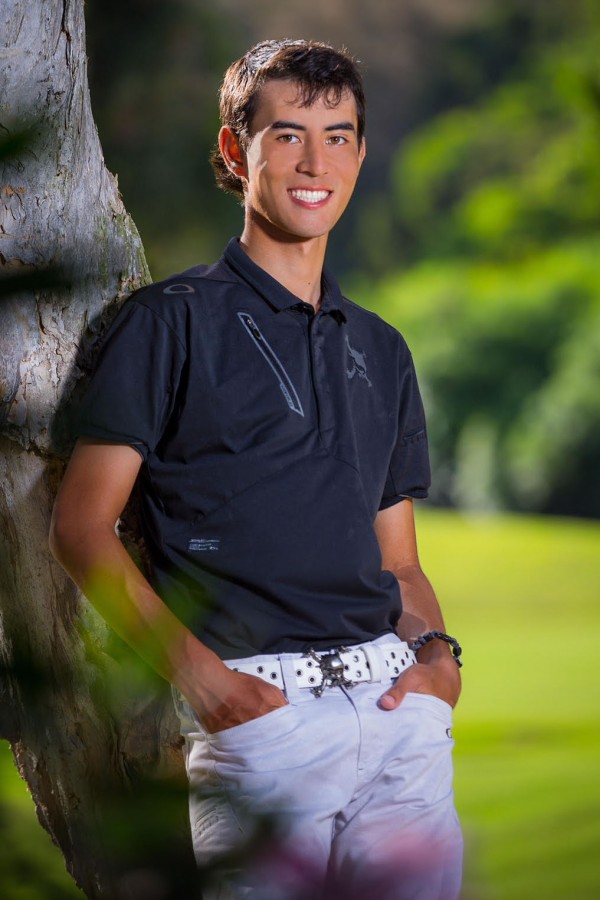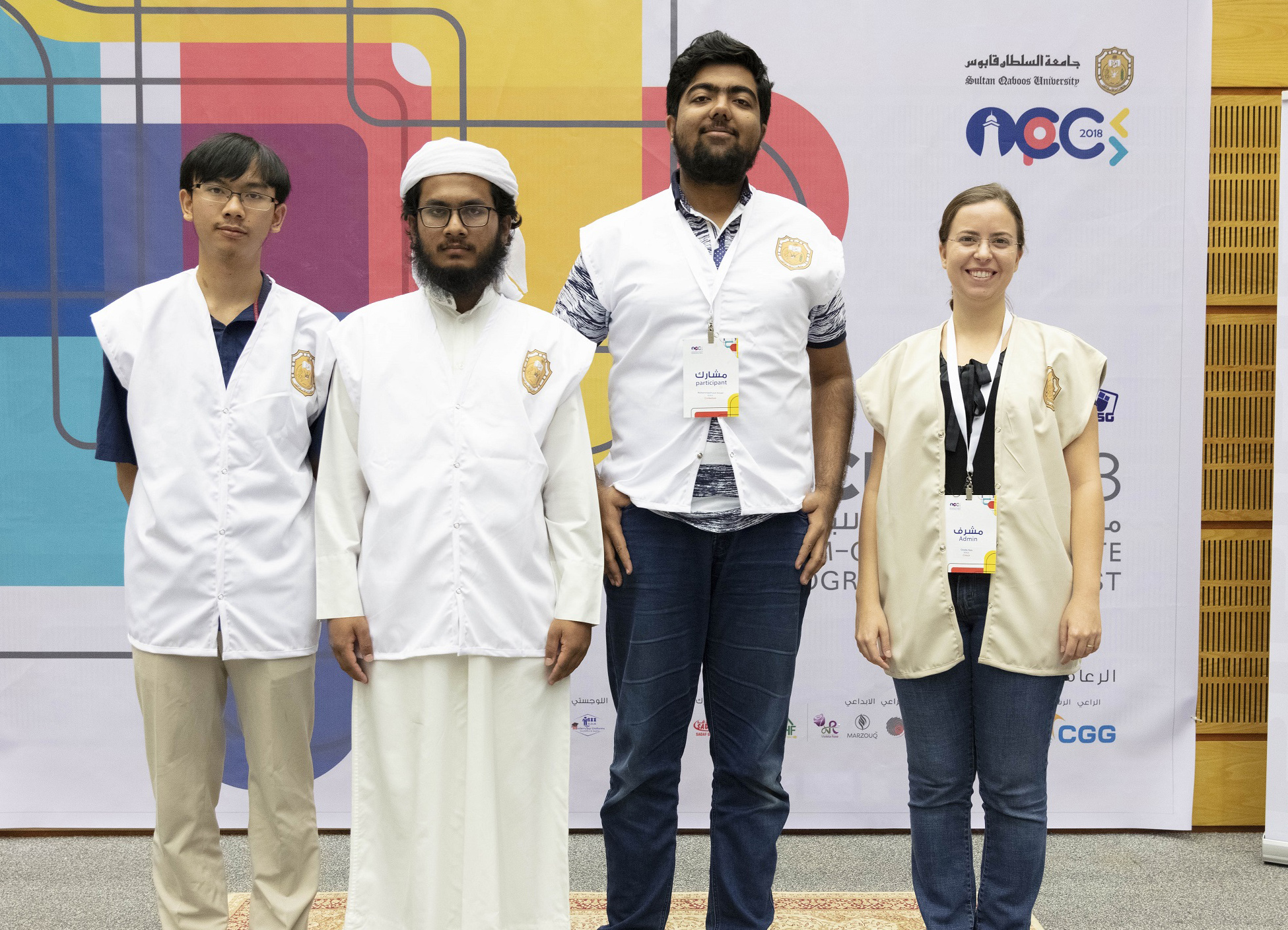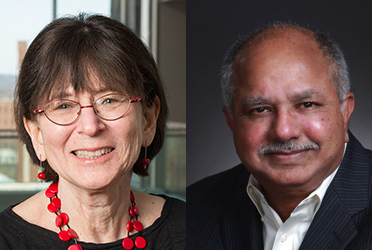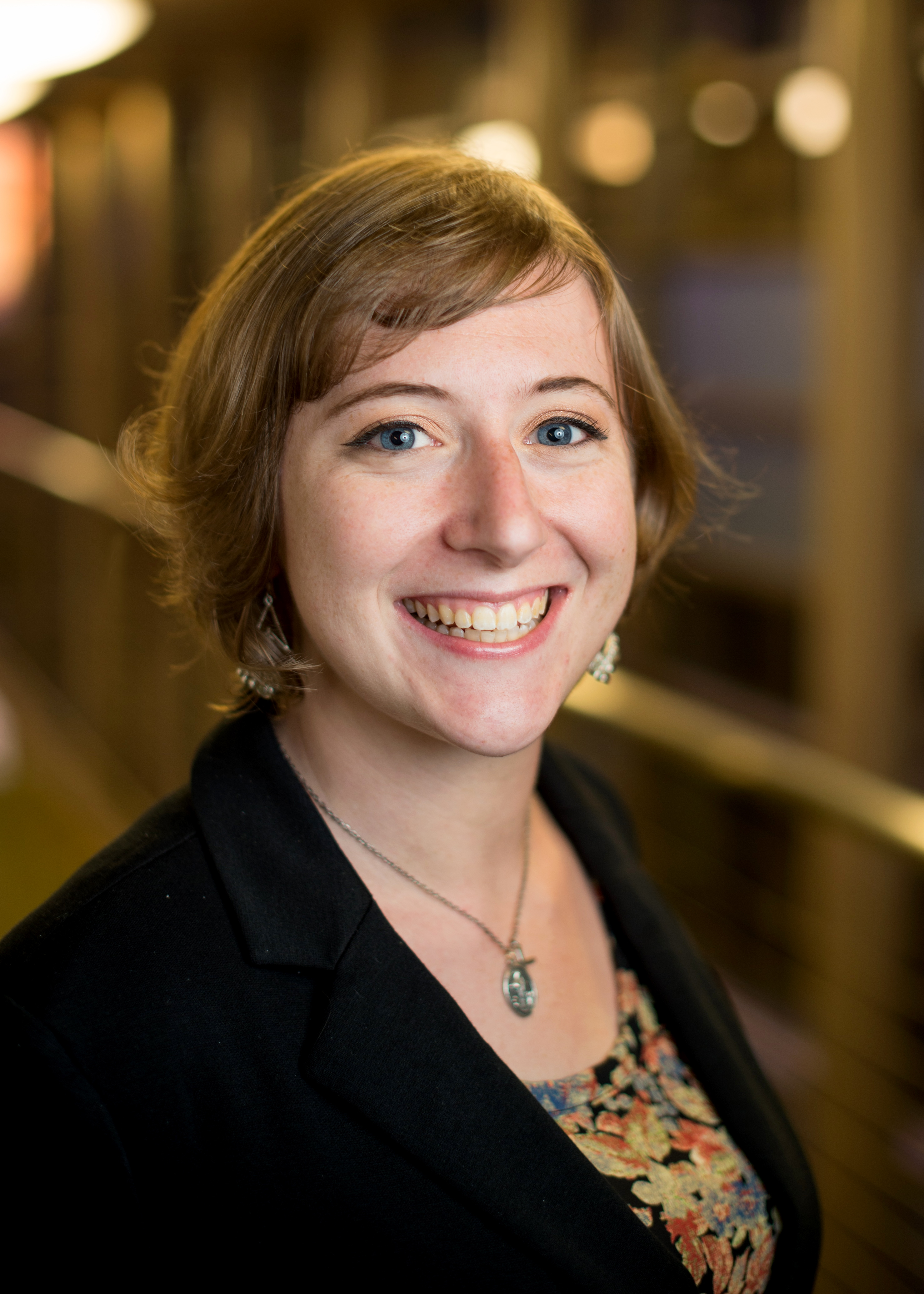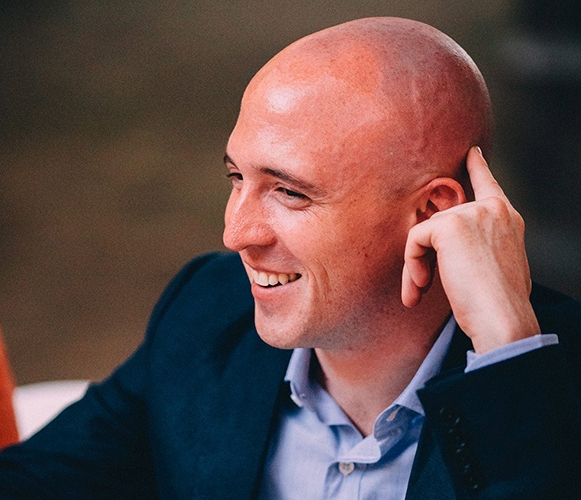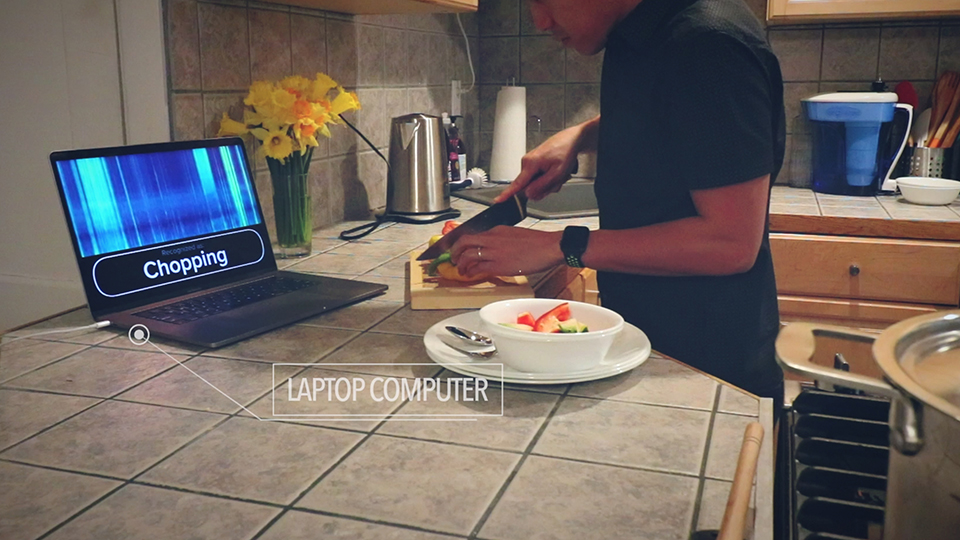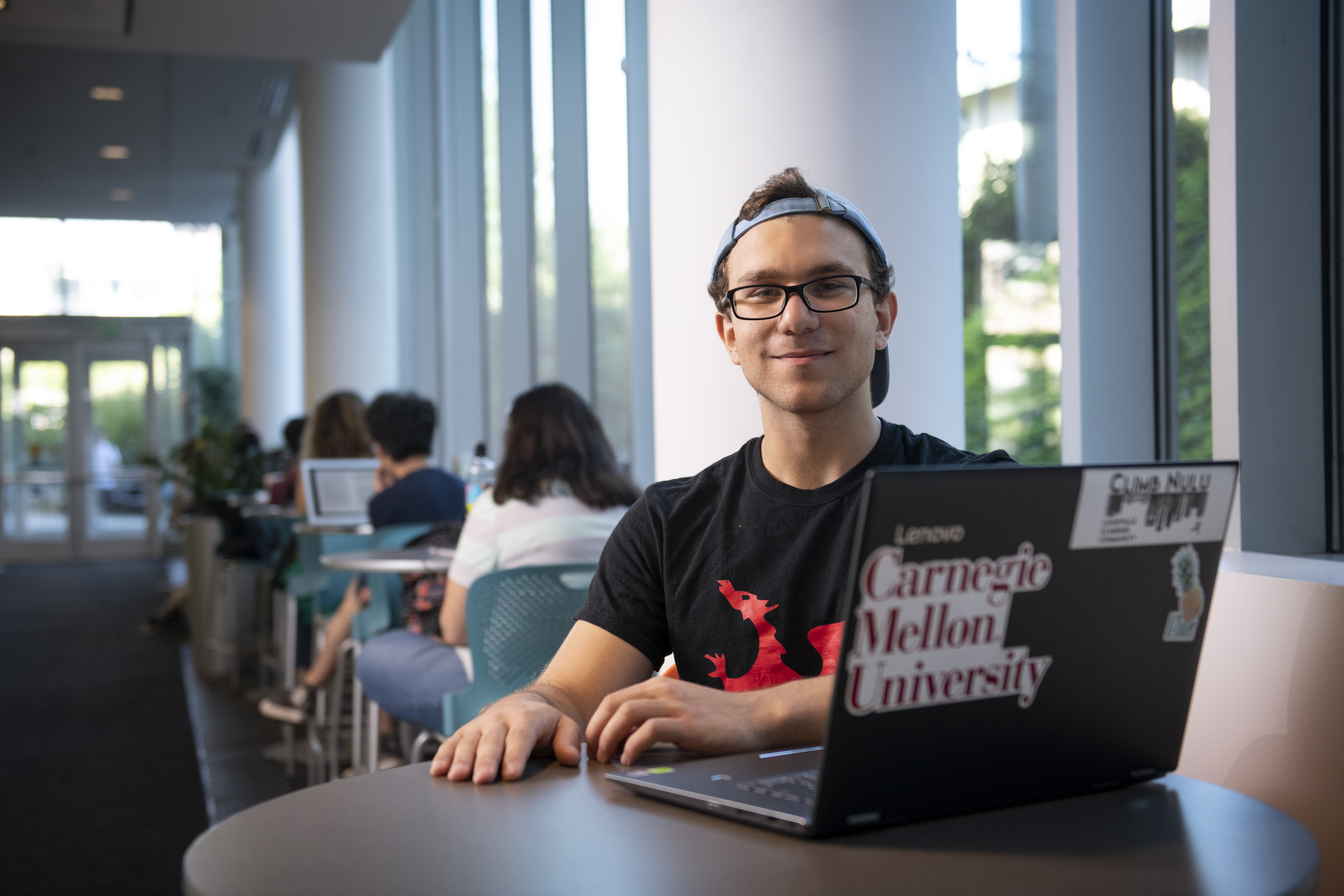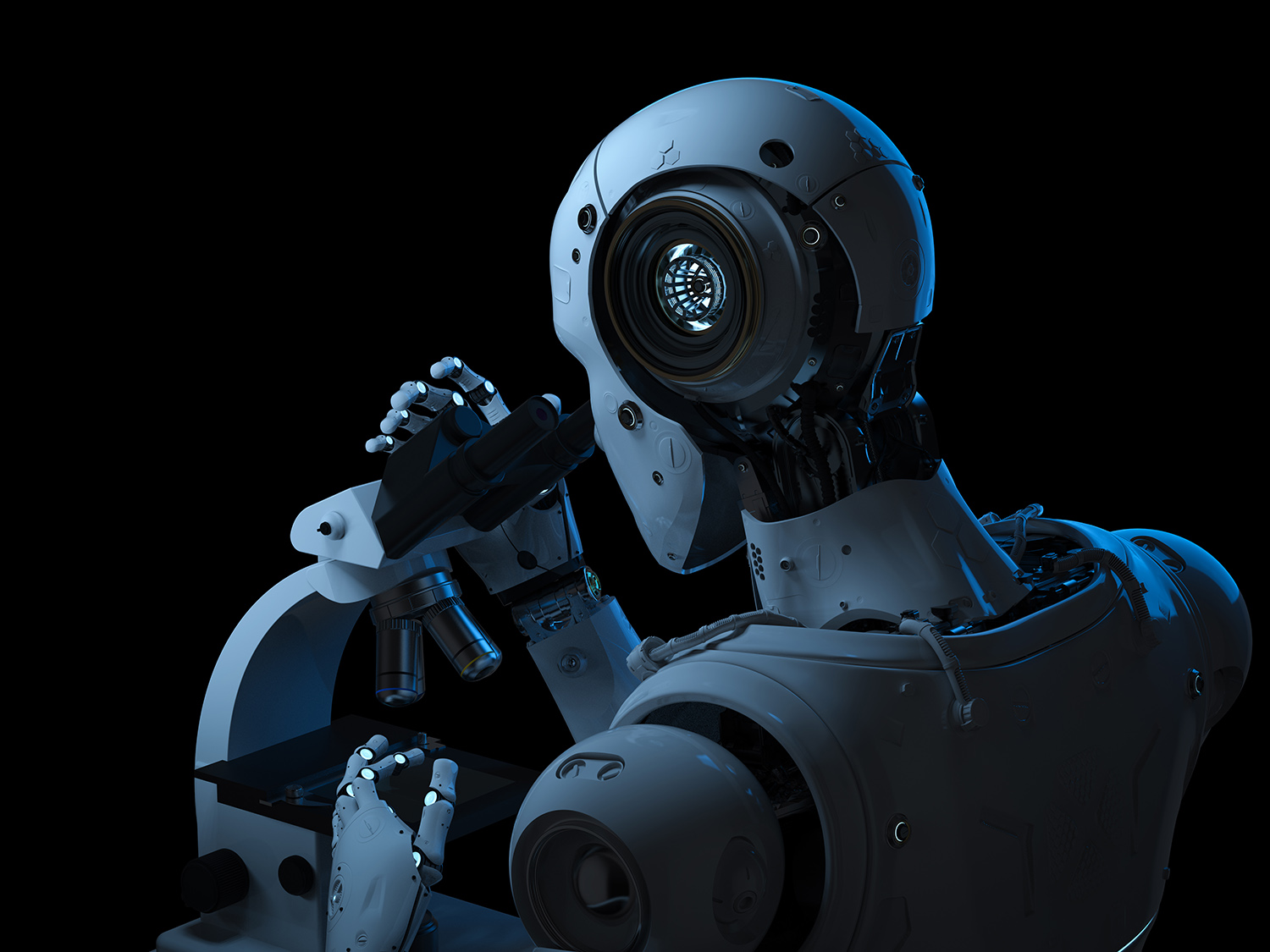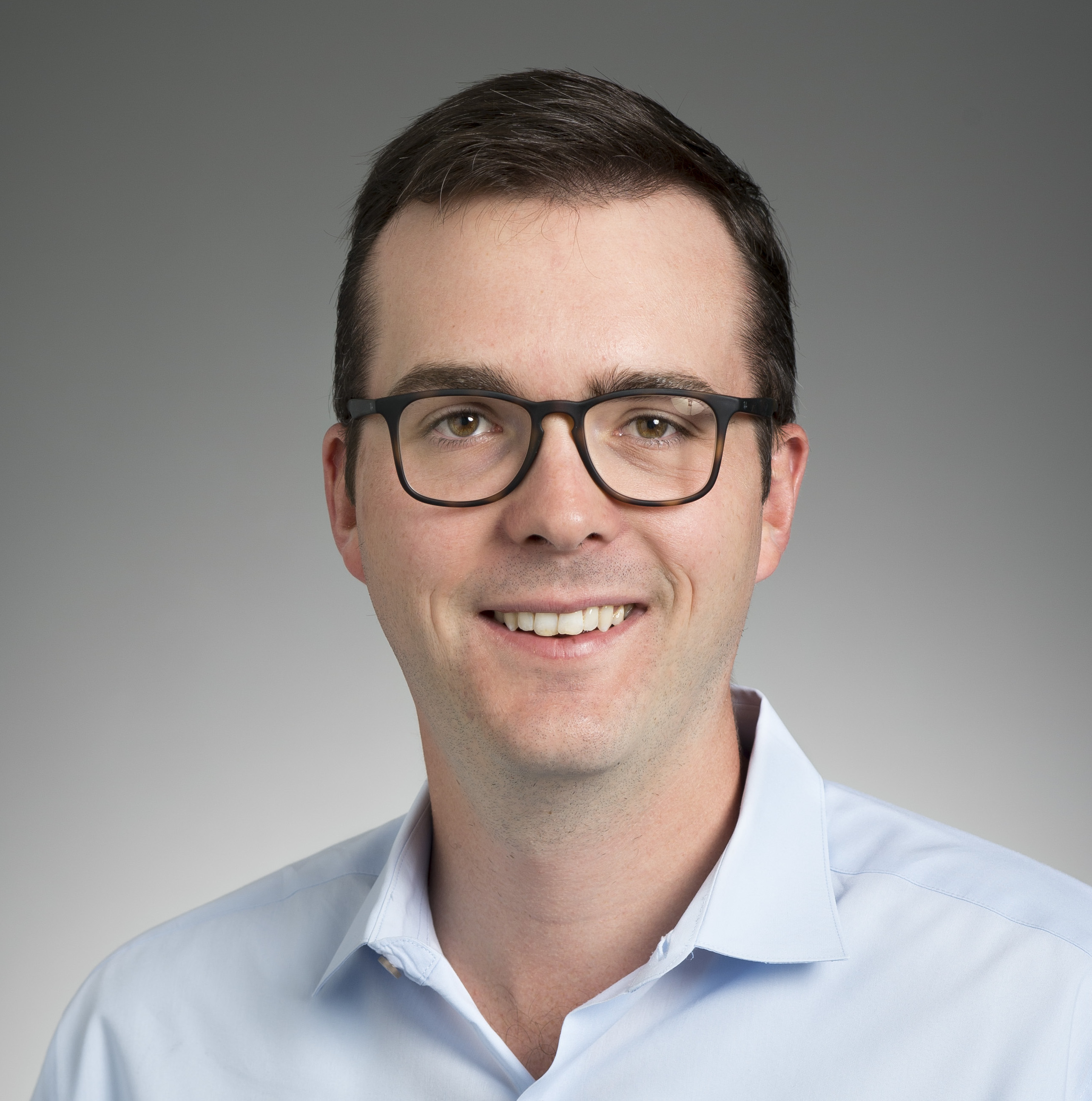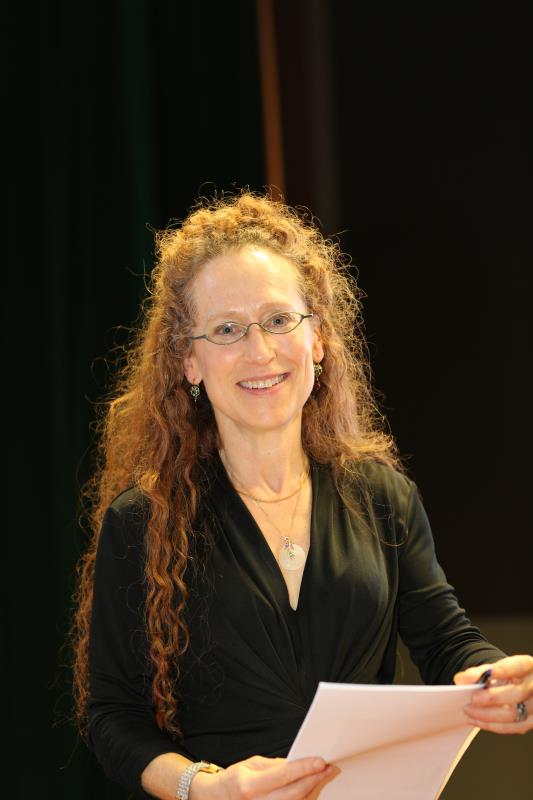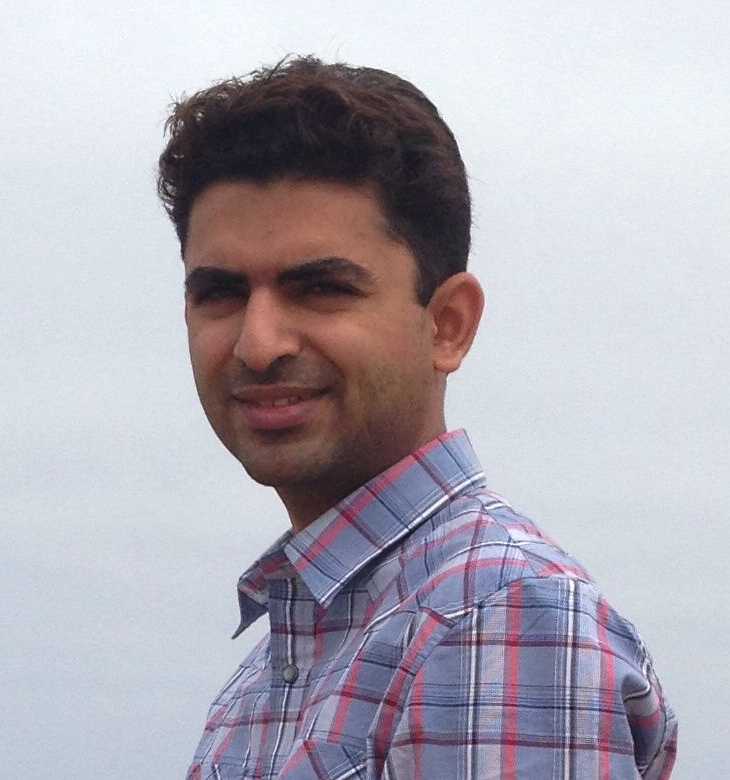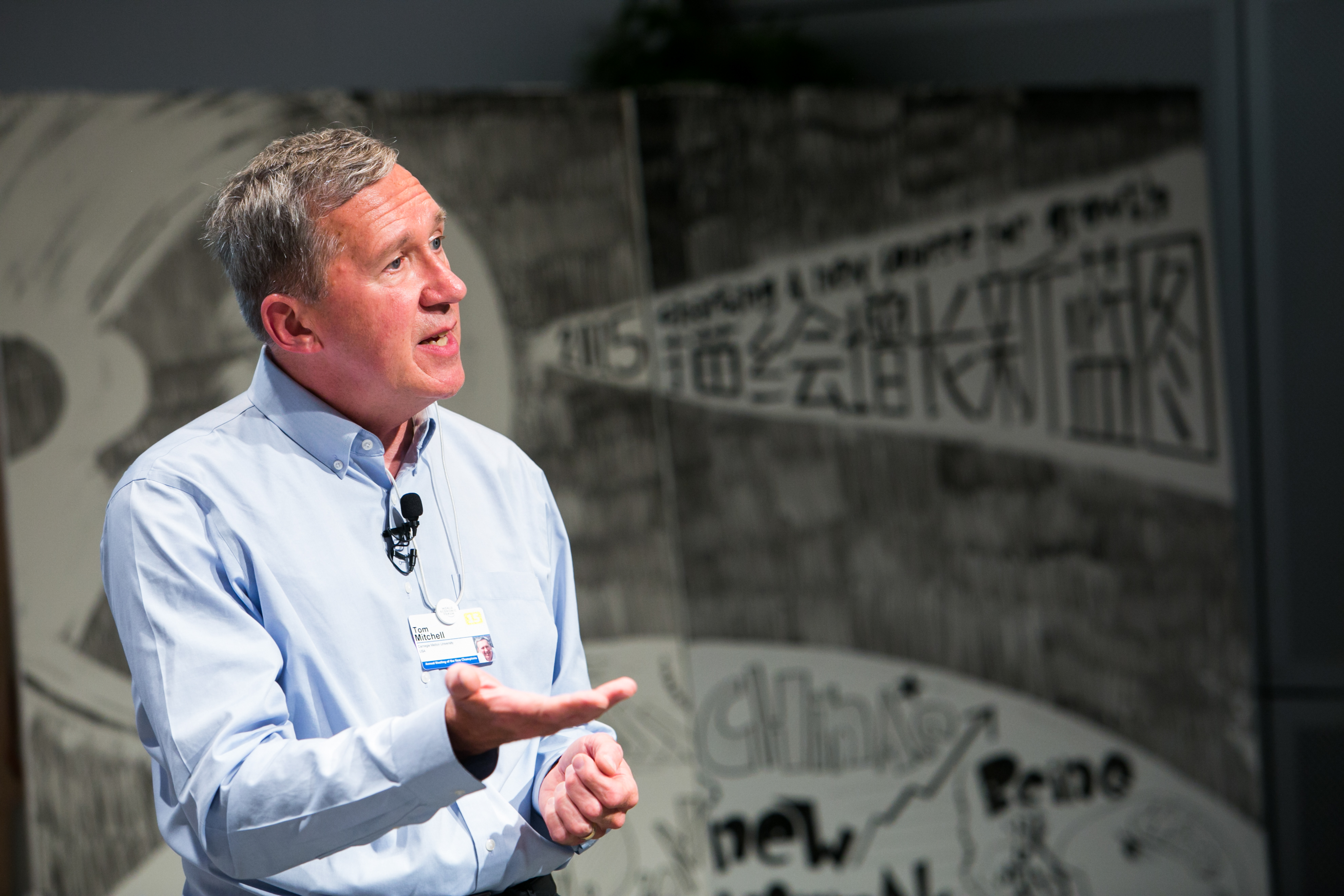Faculty Profile: Fang Finds Fulfillment in AI for Social Good
Kids today grow up with computers, and some of them even take programming classes before they hit middle school. But when Fei Fang was in seventh grade, that kind of thing was unheard of. That is, until her school hired a new teacher with a background in computer programming — a teacher who offered an extra class for students who wanted to learn Pascal.It's lucky for Carnegie Mellon University, and arguably the whole artificial intelligence field, that Fei Fang took that class. Because it started her down a path that would eventually lead to where she is today: an assistant professor in the School of Computer Science's Institute for Software Research who is taking the world by storm with her AI-for-social-good agenda.Let's back up a bit, though.Fang grew up about an hour outside Shanghai, and her experience learning Pascal in middle and high school inspired her to enroll in Tsinghua University's electrical engineering program, where she quickly learned that she preferred software applications to her coursework in hardware. With that in mind, she started applying to Ph.D. programs focused on image processing, but nothing seemed super exciting to her. Then something happened."During that time, I learned that a student from Tsinghua had gone to a Ph.D. group that was working on game theory and AI for infrastructure security, and that their work was being deployed to protect the Los Angeles International Airport," Fang said. "I thought that was interesting and cool, so I contacted the person who would become my Ph.D. advisor, told him about my background and how interested I was in his work. Then I got the chance to work with him."To take advantage of that opportunity, Fang left China for the University of Southern California, where she joined the group led by Milind Tambe, the Helen N. and Emmett H. Jones Professor in Engineering, and now the director of the Center for Artificial Intelligence in Society. There, her work revolved around the idea of using game theory for security and sustainability.Fang says that the earliest discussions related to game theory were simply people trying to determine the best strategies for playing games. For example, if you're playing "Rock, Paper, Scissors," the best strategy is to play randomly. Game theory grew out of that, and into a field that models strategic behaviors — in all sorts of domains — as a game."As long as the situation includes multiple, self-interested agents and they are strategically interacting with each other, we can use game theory to model it," Fang said.One of the problems she studied as part of her Ph.D. research — and that she continues to investigate at CMU — is how to protect wildlife from poachers. Many wildlife reserves tasked with protecting animals like elephants, tigers and rhinos have limited resources and rely on a small number of enforcement officers to patrol vast reserves, putting them at a huge disadvantage when it comes to catching poachers. Fang hopes using game theory combined with machine learning techniques will help change all that."As you can imagine, if law enforcement agencies patrol in a deterministic way — say they always take a certain path on Monday morning — this can be easily exploited by the attacker, the poacher," Fang said. "We have to help them randomize."Through the Protection Assistant for Wildlife Security (PAWS) project, Fang and her team built models of both the law enforcement and the poachers' behavior and applied game theory techniques to help determine the optimal patrol routes for law enforcement. But these models don't go far enough to help the agents do their jobs. According to Fang, game theory models generally assume that people are perfectly rational and choose the action that leads to the highest utility. But we all know people aren't perfectly rational. So Fang and her team needed to actually learn about their human "players" from the data they collected.That's when machine learning enters the picture.Fang's team used the data their collaborators from conservation agencies such as the World Wildlife Federation and the Wildlife Conservation Society collected on both patrol and poaching activity to build behavioral models that help predict what will happen in the future. Then they applied game theory techniques to that data to create the best patrolling strategy. As more data enters the model — as patrollers follow the randomized routes and provide feedback to the researchers on poaching evidence — the model will begin to learn the poacher's behaviors and develop the best randomized patrol routes to thwart them.Stopping poachers in their tracks is just one way Fang has used machine learning and game theory — and, thus, artificial intelligence — for social good. Her work has also helped randomize the U.S. Coast Guard's routes for protecting the Staten Island Ferry from attack, detect illegal mining sites from satellite images and protect fisheries."AI for social good has become hot, probably in the last two years," Fang said. "My hope is that as we bring this theme up, we can inspire more people to work on more social-good challenges and guide AI toward a direction that can benefit society instead of leading to more and more concerns for humans."One way she's fueling that inspiration is through a course, aptly titled "Artificial Intelligence Methods for Social Good." Designed for both undergraduate and graduate students, the course provides students with a firm foundation in AI techniques like machine learning, game theory and mechanism design, sequential decision-making, and planning and optimization. But it doesn't stop there. It also introduces students to challenges facing the fields of healthcare, social welfare, security and privacy, and environmental sustainability, and how they can apply AI techniques to solve those challenges. The course also contains an ethics component, and features guest lecturers from other departments and colleges."We see many people who know artificial intelligence techniques, but don't want to handle the real challenges we face in the world today. They just want to work on a well-established problem and come up with new algorithms," Fang said. "I hope that with this course, we can equip students with AI methods that have broad applications to social-good challenges."Fang said that CMU is the natural choice for her efforts, because of its reputation for developing real tools to solve real problems."I do want to make an impact with my work. I want to reach out. I want to deploy our research, like we've done before," she said. "Being at CMU provides me with the resources to collaborate with different agencies and see our work used in the real world. It allows me to make that impact."

